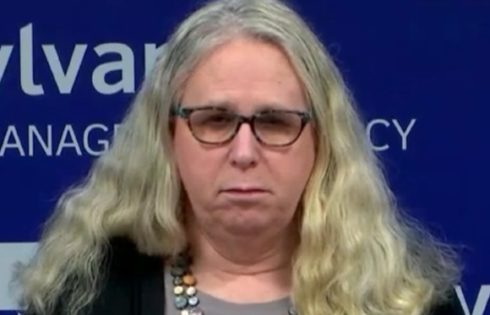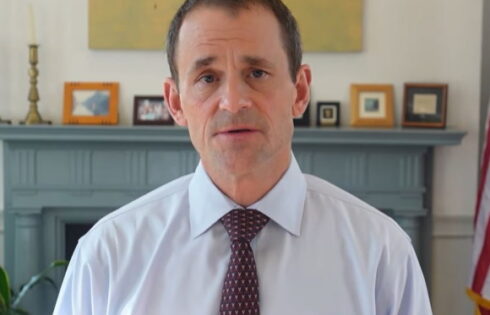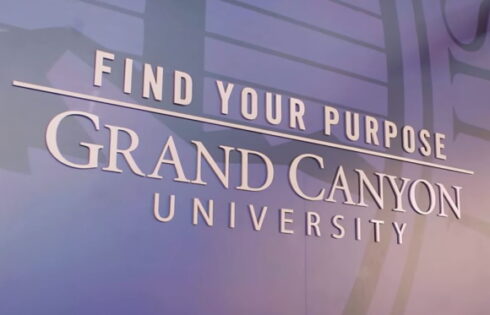But two-year colleges have seen slight increase
The number of young men enrolled in college has dropped by 1 million since it peaked in 2011, according to Pew Research Center’s analysis of the latest enrollment data.
The Pew Research center released data that reveals an eight percent drop in 18-to-24-year-olds enrolled in college between 2011-22. While the drop in male enrollment was most sharply seen in white males, the decline is present in both black and Hispanic men as well. In contrast, there are 200,000 fewer female college enrollees.
Pew declined to answer questions from The College Fix about what might be contributing to the drop in enrollment and what those young men are doing instead of college.
“Our researchers can only discuss our published data and are unable to offer commentary outside our data or provide forward looking statements,” Jayme Link with Pew Research told The Fix via email.
Link said Pew does not have research on what the young men are doing instead.
A political scientist at Boise State University who often comments on male and female enrollment in higher ed provided some thoughts to The Fix on what is happening.
Professor Scott Yenor believes that the financial aspect of college plays a role in the decline of male enrollment. “College is a less good investment in one’s future than it used to be,” he told The Fix via email. “And when you see that majors like English and History are hardest hit, the ideological and economic arguments almost become one.”
MORE: College enrollment falls for third year in a row
He pointed out that while men are not enrolling in four-year schools as frequently, they are interested in community college.
Economists have suggested that much of the drop in male college enrollment is due to hands-on trade programs going virtual during COVID lockdowns. Those programs are favored by men.
“Notice that the percentage of young men in 2-year schools has increased slightly, while the percentage at four year schools has decreased 5%,” Yenor told The Fix. “This points to men being selective, in part on the basis of seeking jobs and in part on the basis of avoiding places where there is hostility to them,” such as higher ed.
At least one study identified a gap in scholarships available to men compared to those available to women.
The 2019 study from Stop Abusive and Violent Environments found, for example, “Kent State University in Ohio offers two scholarships for male students, compared to 11 scholarships reserved for females,’ according to the group’s news release. “The most stark disparities are found at the University of Phoenix (106 female scholarships to 2 male), Auburn University (67 to 1) and Oregon State (51 to 5),” The Fix previously reported.
Yenor predicted the drop in male enrollment would continue unless something changed, including the value of college and political bias.
He also works for the Claremont Institute where he researches the spread of “diversity, equity, and inclusion” at universities.
“It is going to get way worse as the professoriate gets more left-leaning and as the ROI on education continues to lower for students compared to what it was before 1970,” Yenor said. “The best way to increase enrollment at schools is to recruit males, an underserved population able to do the work.”
MORE: Trade school programs thrive amid overall college enrollment decline
IMAGE: Pixel Shot/Canva
Like The College Fix on Facebook / Follow us on Twitter






Please join the conversation about our stories on Facebook, Twitter, Instagram, Reddit, MeWe, Rumble, Gab, Minds and Gettr.